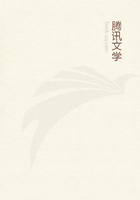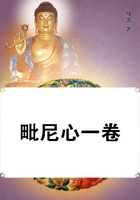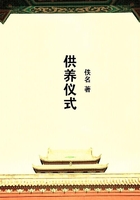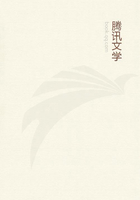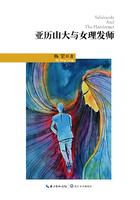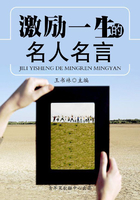What then after all is place? The answer to this question may be elucidated as follows.
Let us take for granted about it the various characteristics which are supposed correctly to belong to it essentially. We assume then-
(1) Place is what contains that of which it is the place.
(2) Place is no part of the thing.
(3) The immediate place of a thing is neither less nor greater than the thing.
(4) Place can be left behind by the thing and is separable. In addition:
(5) All place admits of the distinction of up and down, and each of the bodies is naturally carried to its appropriate place and rests there, and this makes the place either up or down.
Having laid these foundations, we must complete the theory. We ought to try to make our investigation such as will render an account of place, and will not only solve the difficulties connected with it, but will also show that the attributes supposed to belong to it do really belong to it, and further will make clear the cause of the trouble and of the difficulties about it. Such is the most satisfactory kind of exposition.
First then we must understand that place would not have been thought of, if there had not been a special kind of motion, namely that with respect to place. It is chiefly for this reason that we suppose the heaven also to be in place, because it is in constant movement. Of this kind of change there are two species-locomotion on the one hand and, on the other, increase and diminution. For these too involve variation of place: what was then in this place has now in turn changed to what is larger or smaller.
Again, when we say a thing is 'moved', the predicate either (1) belongs to it actually, in virtue of its own nature, or (2) in virtue of something conjoined with it. In the latter case it may be either (a) something which by its own nature is capable of being moved, e.g. the parts of the body or the nail in the ship, or (b) something which is not in itself capable of being moved, but is always moved through its conjunction with something else, as 'whiteness' or 'science'. These have changed their place only because the subjects to which they belong do so.
We say that a thing is in the world, in the sense of in place, because it is in the air, and the air is in the world; and when we say it is in the air, we do not mean it is in every part of the air, but that it is in the air because of the outer surface of the air which surrounds it; for if all the air were its place, the place of a thing would not be equal to the thing-which it is supposed to be, and which the primary place in which a thing is actually is.
When what surrounds, then, is not separate from the thing, but is in continuity with it, the thing is said to be in what surrounds it, not in the sense of in place, but as a part in a whole. But when the thing is separate and in contact, it is immediately 'in' the inner surface of the surrounding body, and this surface is neither a part of what is in it nor yet greater than its extension, but equal to it; for the extremities of things which touch are coincident.
Further, if one body is in continuity with another, it is not moved in that but with that. On the other hand it is moved in that if it is separate. It makes no difference whether what contains is moved or not.
Again, when it is not separate it is described as a part in a whole, as the pupil in the eye or the hand in the body: when it is separate, as the water in the cask or the wine in the jar. For the hand is moved with the body and the water in the cask.
It will now be plain from these considerations what place is.
There are just four things of which place must be one-the shape, or the matter, or some sort of extension between the bounding surfaces of the containing body, or this boundary itself if it contains no extension over and above the bulk of the body which comes to be in it.
Three of these it obviously cannot be:
(1) The shape is supposed to be place because it surrounds, for the extremities of what contains and of what is contained are coincident. Both the shape and the place, it is true, are boundaries. But not of the same thing: the form is the boundary of the thing, the place is the boundary of the body which contains it.

